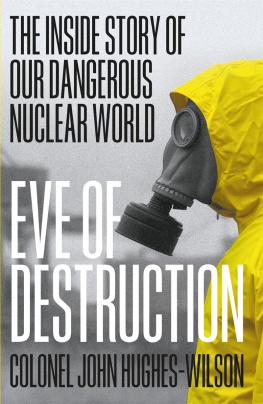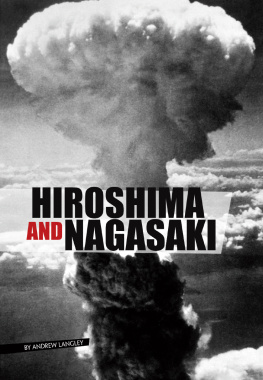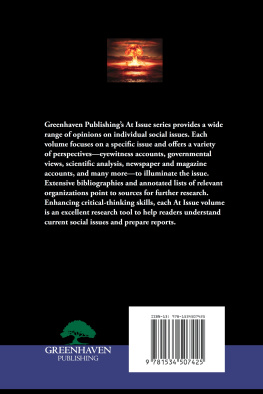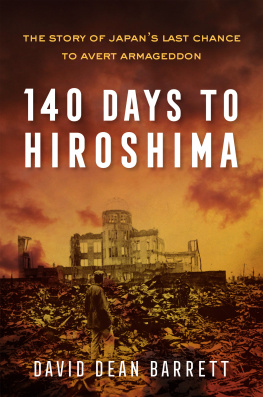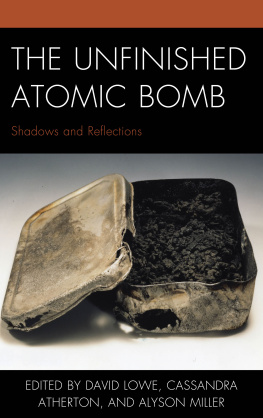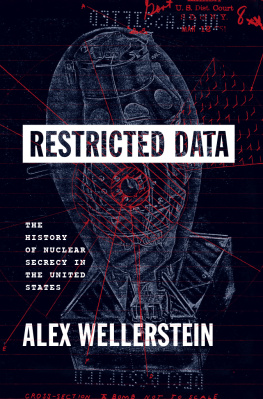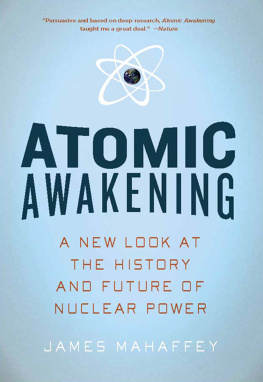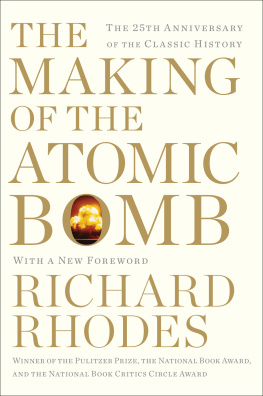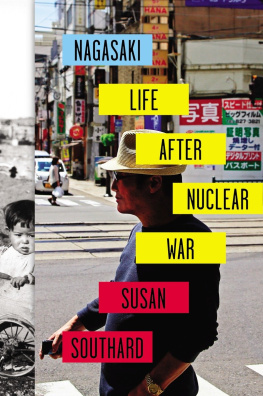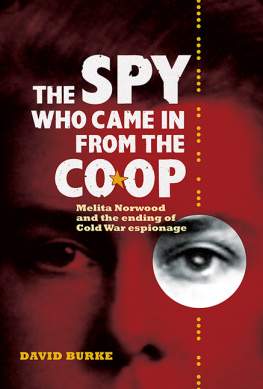John Hughes-Wilson - Eve of Destruction: The inside story of our dangerous nuclear world
Here you can read online John Hughes-Wilson - Eve of Destruction: The inside story of our dangerous nuclear world full text of the book (entire story) in english for free. Download pdf and epub, get meaning, cover and reviews about this ebook. year: 2021, publisher: John Blake, genre: Religion. Description of the work, (preface) as well as reviews are available. Best literature library LitArk.com created for fans of good reading and offers a wide selection of genres:
Romance novel
Science fiction
Adventure
Detective
Science
History
Home and family
Prose
Art
Politics
Computer
Non-fiction
Religion
Business
Children
Humor
Choose a favorite category and find really read worthwhile books. Enjoy immersion in the world of imagination, feel the emotions of the characters or learn something new for yourself, make an fascinating discovery.
- Book:Eve of Destruction: The inside story of our dangerous nuclear world
- Author:
- Publisher:John Blake
- Genre:
- Year:2021
- Rating:5 / 5
- Favourites:Add to favourites
- Your mark:
Eve of Destruction: The inside story of our dangerous nuclear world: summary, description and annotation
We offer to read an annotation, description, summary or preface (depends on what the author of the book "Eve of Destruction: The inside story of our dangerous nuclear world" wrote himself). If you haven't found the necessary information about the book — write in the comments, we will try to find it.
Truman evidently understood the terrifying power of atomic weaponry, but no one could have realised its full potential when he ordered the bombings of Hiroshima and Nagasaki in August 1945. Those military attacks, along with the disasters at the Fukashima and Chernobyl nuclear reactors, might immediately spring to mind at the mention of nuclear destruction, but the vast majority of the events recorded in this book are entirely unknown to most people. This book records the facts - many of them still shrouded in secrecy - which show a worrying truth: we have teetered precariously on the brink of Armageddon far more frequently than the general public realises.
Since that first and last atomic war in 1945, there have been a terrifying number of nuclear accidents and mishaps, from the careless or accidental to the genuinely intentional and only narrowly averted. Despite the catastrophic nature of any nuclear conflict, we have come to the very borders of such a situation ten times since the 1960s. Most people know about the Cuba Missile Crisis, and a few about Operation Able Archer in 1984, which, if anything, was even more frightening than Cuba, but there have been eight other occasions that might easily have toppled over into outright war. These were potential conflicts; but there have been other accidents, such as the reactor meltdown at the nuclear generating plant at Three Mile Island, Pennsylvania, in 1979, or the Palomares Incident in 1966, when a USAF B-52 bomber crashed after a mid-air collision, dropping four hydrogen bombs on Spanish soil . . .
Eve of Destruction is a warning from history - recent history. It is a call to sit up and listen, and to take note of the very real danger of nuclear catastrophe. It is a timely and important book because, after all, the future of our planet has to concern us all.
John Hughes-Wilson: author's other books
Who wrote Eve of Destruction: The inside story of our dangerous nuclear world? Find out the surname, the name of the author of the book and a list of all author's works by series.

